We’ve all considered it a time or two—just packing up and moving off into the mountains, or the desert, or somewhere away from people and setting up shop in a cabin out there, trying not to think about the inherent colonist issues with that sentiment. I’ve thought about it myself a time or two, packing up and going off to the Appalachians (that’s a hard ‘ch’ there) and living in a cabin there. Or maybe when COVID-19 hit, you realized that you’re not as prepared as you thought you were when it came to disasters and having limited access to necessities. However it started, you still ended up here, looking for resources on how to live when it all goes downhill. And you’ve come to the right place. Here I’ve collected ten of the best survival books to help you get started on turning your house into a homestead, making sure your perishables last, or for when your hiking/camping trip takes a turn for the worst.
Note: You’re not going to find any prepper books here, suggesting that you stockpile weapons and ammo or create a bug out bag. That’s not applicable in most survival situations beyond being a secret agent on the run. Disaster isn’t going to hit suddenly enough in one cataclysmic event that you’ll survive long enough to grab a bag and go, and in these events it’s important to band together and create a community that supports each other rather than fighting everyone constantly. You do have to prep, but simply because these methods aren’t instant, and you don’t want to be up the creek without a paddle.
There are some memoirs in here as well, from people who lived in the wilderness for a bit or have outdoor experiences of their own that we should learn from. So here, pick these best survival books up and make your house self-sustainable. Maybe with these we can make it through the last of 2020 together.
Survival Books for Making Your Home Self-Sustaining
The Backyard Homestead by Carleen Madigan
This is a full blown, step-by-step guide that will teach you how to turn your backyard (even just a quarter acre) into a sustainable mini farm, and how to process what you’re harvesting as well. You’ll learn how to raise animals, keep bees, grow different types of produce, and how to can/pickle/dry so that produce will continue to feed you after the growing season is over. It’s broken down into easy to digest sections and has plenty of diagrams and maps to show you how to get the most out of the space you have. It’s an incredibly handy book that you really need to have on your self-sustenance book shelf. If you dig this one, there’s a series of them, even a seasonal planner to help you set it all up and a complete cookbook showing you how to use what you’ve harvested.
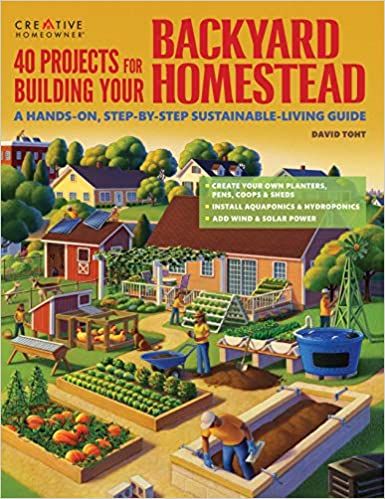
40 Projects for Building Your Backyard Homestead by David Toht
This book is in the same vein as The Backyard Homestead, but this one is all about building the structures, from coops to fences to hydroponics to solar and wind power. It even walks you through some plumbing and wiring projects, like making sure your water options are freeze proof. It has step by step instructions, complete with pictures and measurements, showing you how to make raised beds, sheds, beehives, roofing, even windmills to turn your backyard into something truly self-sustaining, especially for off the grid living and survival.
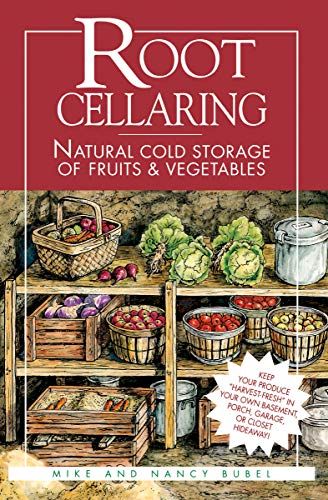
Root Cellaring: Natural Cold Storage of Fruits and Vegetables by Mike and Nancy Bubel
Power is bound to go out. It happens all the time. And you’re usually at the whim of the power company and their capabilities to restore it. When Hurricane Zeta came through my area in late October, there were folk left without power for several days. In that kind of situation, what are you supposed to do with your food that needs to stay cold? Especially now, when you’re buying more frozen foods to limit grocery trips. That’s where root cellars come in. With this book, you can set aside a closet, or a spot in your garage or basement and keep fruits and vegetables fresh without having to can them, and if y’all haven’t canned before, it is a lengthy process, so this is saving you a lot of time.
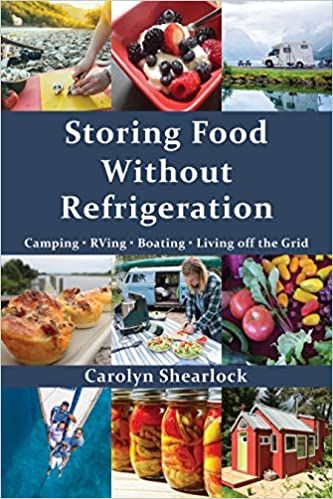
Storing Food Without Refrigeration by Carolyn Shearlock
This survival book is another one for preserving food without powered refrigeration. Written by a sailor who has gone on long voyages without electricity, this book breaks it down step-by-step on how to process the food you have, the best way of storing it, and then how to cook the food you’ve stored. Even foods that we tend to equate with needing to be refrigerated, like meats, milks, eggs, and cheese. Though it may have been tested and proven aboard a boat, these methods still work for long-haul hikers and campers, those off the grid, or living out of an RV.
Survival Books For When You’re Stuck Out In The Wilderness

Bushcraft 101: A Field Guide to the Art of Wilderness Survival by Dave Canterbury
This is one you’re gonna want to have when you’re hiking or camping. It’s small, only about 8″ tall, so it’s perfect for slipping into your backpack for those long hiking/camping trips. Like the title says, it’s a survival book 101, telling you what you want to pack in your bag for being out in the woods, walking you through how to build some shelter for yourself, and showing you how to set up your cooking apparatus. It’s written by a world-renowned and well known survivalist Dave Canterbury, so you know the information in here is well tested and proven to work. It’s definitely a survival book you want to have handy if you’re living in any sort of wooded area.
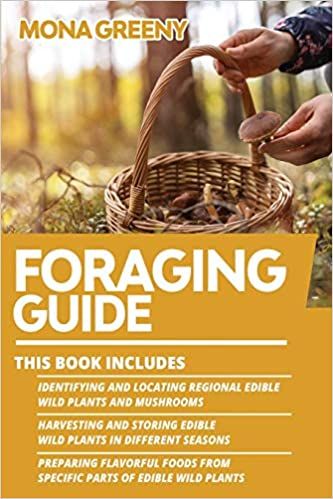
Foraging Guide by Mona Greeny
Foraging is a huge part of living out in the wilderness. Sure, you can set traps for animals and get protein that way, but a better use of your energy is collecting the more sedentary prey. Except sometimes that sedentary stuff can trick you into thinking it’s edible and now you have a lot more problems than you did before. Mushrooms are especially tricky; think Uncle Iroh: “delectable tea, or deadly poison?” That’s where this book comes in. It walks you through identifying plants and mushrooms you can eat, how they need to be harvested and then stored, and finally how to cook what you’ve gathered. It’s definitely a must-have, and at 6″ tall is easy to slip into your bag for cross-referencing.
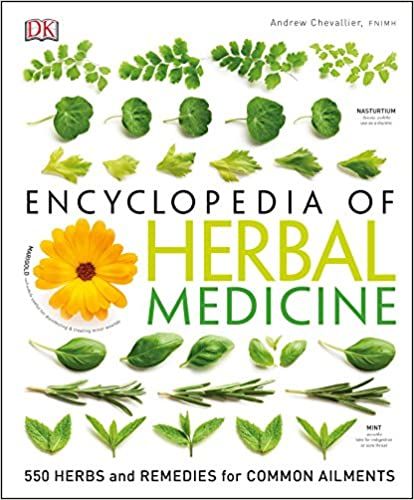
Encyclopedia of Herbal Medicine by Andrew Chevallier
Now, this isn’t to say that you need to turn your back on modern medicine. Please take all your antibiotics when they’re prescribed to you and follow your doctor’s instructions. But out in the wilderness, you may not have access to some Tylenol to help break a fever or act as a pain relief. That’s why this survival book is listed. It teaches you what herbs you need, how to harvest them and prepare them in different ways for different ailments. It comes with complete full color photographs so you can be sure you’re grabbing the right plant, or part of the plant.
Memoirs About Being Outside of Modern Comforts
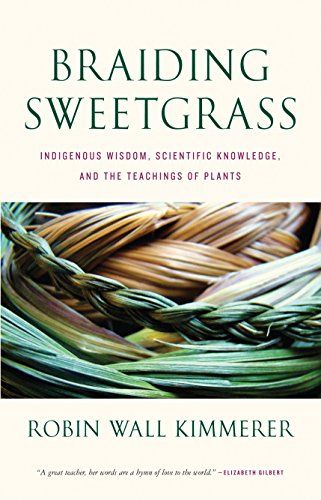
Braiding Sweetgrass: Indigenous Wisdom, SCientific Knowledge, and the Teachings of Plants by Robin Wall Kimmerer
This is a book you’re almost certain to have heard about. Kimmerer talks to you about her experiences as an Indigenous botanist, how she incorporated the teachings about the natural world she received from her Indigenous community with the teachings received in becoming a botanist and how we need both to better understand the world around us, for we are not separate from everything, but included in its web. She even gives some helpful tips on coexisting with nature and different ways to use the plants around you. Even if you aren’t planning on becoming a survivalist, this is a book you have to read.
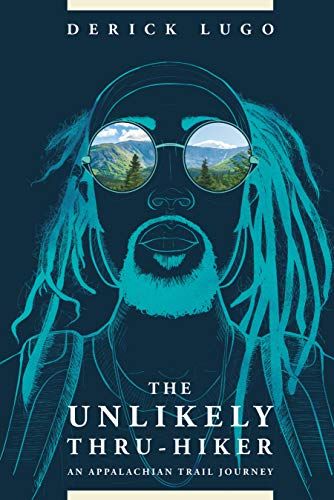
The Unlikely Thru Hiker by Derick Lugo
If you live in the United States, you’ve likely heard of the Appalachian Trail. For a lot of hikers it’s their great white whale. It’s something you train months doing, prepping yourself mentally and physically, for a good reason: the trail from start to finish is 2,184.2 miles. It’s not an easy trek. But Derick Lugo did it as a spur of the moment thing, no planning before deciding to do it. He was just a city boy from New York, no experience at all. But he did the full trek, from Georgia to Maine. And then wrote it down for the rest of us in this book so we can live vicariously through his experiences and maybe learn from them too.
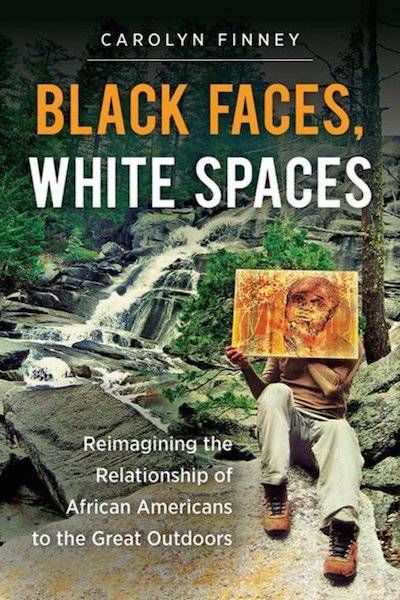
Black Faces, White Spaces: Reimagining the Relationship of African Americans to the Great Outdoors by Carolyn Finney
Hiking, survivalism, and other outdoor recreational activities tend to be pretty white. Or are at least represented that way. Carolyn Finney delves into why here, drawing on Jim Crow laws, slavery, geography, cultural studies, and environmental history and referencing films, books, and other pop culture and historical materials showing how Black people in the United States have been excluded from enjoying nature the way white people have been able to, and how we can move forward and make the outdoors as accessible, and protected, as it should be.
There you have it, the best survival books on the great outdoors that y’all should pick up. As you may have noticed, these survival books aren’t meant to be read alone, but as supplemental to one another. No one book will answer all the questions you have, or have all the information you need. But they’re a good place for you to start and hey, if nothing does happen, if things stay on an even keel, all you’ve done is given yourself some nice skills that will come in handy someday and have made your home self-sustaining and better for the environment. Win-win.
If you want to read some nonfiction survival books now, maybe to see what you would do in these situations, a test run if you will, you can check out our list of best apocalypse books from 2019 or maybe our list of survival horror novels.
Source : 10 Of The Best Survival Books For When Things Fall Apart










